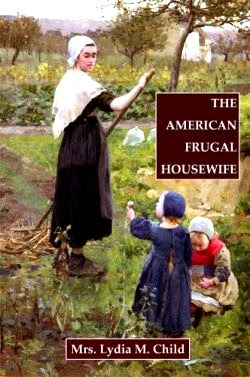In the baking aisle, there are five main formats of baking chocolate: bars, blocks, wafers, chips, and cocoa powder. For cookies, puddings, cakes, hot chocolate, and more.
Squares are the most versatile and commonly found form of baking chocolate. They can be easily chopped into smaller pieces for melting or folding into cookie dough. Baker's brand chocolate is sold in individually wrapped 1-ounce squares with eight squares in each box. Baker's also sells whole 4-ounce bars that are segmented into ¼-ounce squares for easy breaking. Most brands will come sized like this, unless you are buying from specialty shops or baking sites like King Arthur. Be sure to check the weight on the package. They come in several types, Bittersweet chocolate hovers in the 70% cacao range, and can be used interchangeably with semisweet. Anywhere you'd use one, you can use the other (and, to be honest, most of us don't have refined-enough palates to taste the difference in a dessert). Your best bet for bittersweet and semisweet chocolate is a recipe where the chocolate is really the star player, like a decadent pie or simple buttercream frosting.
Semisweet chocolate has a cacao content of around 60%, and can be used interchangeably with bittersweet chocolate. It's frequently found in the form of baking chips, but we prefer buying it in squares or block form. It's a great all-purpose option to have on hand.
Unsweetened chocolate is very dark and bitter, and crumbly in texture. It's best for melting into other ingredients like butter and cream, because the consistency of the chocolate is chalky, without the smooth richness of bittersweet or semisweet. It should be used in recipes where there's a sweetener already present, like brownies.
Milk chocolate is sweeter and less bitter than dark chocolate, and has a higher amount of milk solids and sugar.
No matter which one you choose chocolate should be kept in a cool place, like a cabinet away from the stovetop and oven. There's no need to keep it in the fridge or freezer if it's wrapped well. If using just a portion of the chocolate, re-wrap it with the original packaging and add a snug layer of plastic wrap. Chocolate will "bloom" (exhibit lighter colored spots on the surface) if exposed to moisture, so avoid dampness. If your chocolate does bloom, it's still edible. The blemish is just cosmetic, but should be avoided for chocolate that's not going to be melted (as in the case of, say, chocolate chunk cookies).

















both of those recipes look good, but I wanted to lick the screen when I saw that buttercream :)
ReplyDeleteI licked the bowl after I was done frosting. It is really good frosting!
Delete